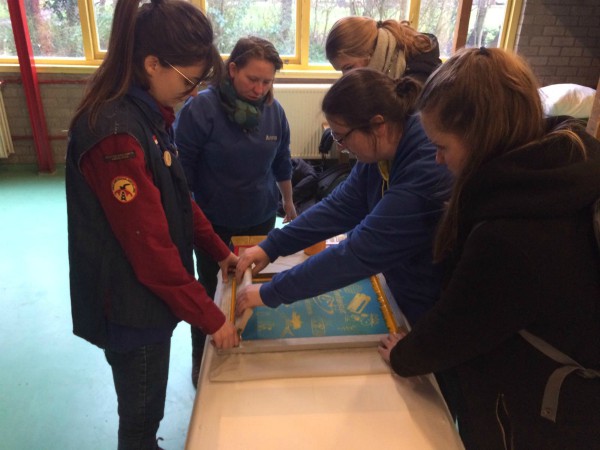I’m a big fan of making small changes to recurring, everyday tasks in order to live a more sustainable lifestyle. Even though they’re minimal, these changes do indeed add up over time, and if they require next to no sacrifice on my part, I’m happy to implement them wherever I can. Today I’d like to talk about how I made my laundry routine more sustainable, and how you can, too.
Wash Less Often
I’m going to start by stating the obvious here: washing your clothes less often means you won’t have to run the washing machine as frequently. You’ll save water, a whole bunch of electricity, and your washing machine might last you longer, too.
Washing less is better for your clothing as well! Your favourite items won’t wear down as quickly and they’ll retain their shape and colour longer. Plenty of clothes don’t need to be washed after every single wear, and how often you wash yours should depend on factors such as how dirty the item is, what material it is, how close to your skin it’s worn, weather conditions (such at heat or rain), and the strength of your body odour. Natural materials such as wool and linen stay fresh longer than synthetic materials like polyester, and it goes without saying that you’ll need to launder more often in a heat wave. Air out clothes inbetween wears to keep them fresh and when in doubt, do a sniff-test.
These can be used as a guideline or starting point:
– Underwear should be washed after each wear
– Bras can last a little longer: wash after 3-4 wears
– T-shirts or cammies should be washed after 1-2 wears
– Blouses, when worn over a shirt or cammie, can be washed after 2-3 wears
– Dresses can be washed after 1-3 wears
– Sweaters & cardigans, when worn over a shirt, can last 5-7 wears
– Jeans & trousers can go 6-7 wears
– Skirts can go at least 6-7 wears as well (honestly, I wear mine until I get a stain on them)
– Outerwear shouldn’t be washed more than once or twice per season
Wash Cold(er)
Modern washing machines and laundry detergents are much more powerful and effective than they used to be. They’re perfectly capable of cleaning your laundry at lower temperatures, and doing so is better for both the environment and your clothing. I wash everything at 30°C myself, except for towels and anything related to the rats (those go through hot cycles for sanitary reasons).
Use Eco-Friendly Detergent
Another effortless and simple swap: choose an eco-friendly laundry detergent. There are countless brands out there nowadays and lots of scents to choose from if scented detergent is your preference. They do the job just as well as traditional products, especially when paired with a separate eco-friendly stain-remover. Added bonus: the eco-friendly detergents are often hypo-allergenic and/or unscented, if that’s of importance to you.
You can use eco-friendly fabric softener as well, or simply opt for a dash of vinegar with your load. Vinegar helps condition fabric, preserve colour, and also de-scale your machine. Triple action!
Catch Micro Plastics
I’m trying to slowly phase out synthetic fibers from my wardrobe, but I’m nowhere near there yet. Besides, some items are just better suited to synthetic “technical” fabrics, such as workout wear and outdoor clothes.
What many people don’t know is that synthetic, essentially plastic, clothes release tiny fibers into the water when they’re washed. These particles are so small that they can slip through filtration systems, and end up in rivers and oceans. Microplastics, as most environmental threats, need to be adressed by governments and large companies to truly make an impact. However, I do like to contribute at least a little by washing all my synthetic clothing in a Guppy Friend bag, which catches the microfibers so you can dispose of them properly and prevent them from ending up in the water.
Alternatively, you could install a microplastic filter on your washing machine. This is a bit more costly, but saves you the hassle of using the bag with every wash.
Air Dry Clothes
The last thing I want to mention, and this is a huge one, is to ditch the dryer. In many countries around the world dryers are a luxury item, and the go-to option is air drying. Give it a try! It’ll save loads of energy, and be better for your clothes. No more unexpected shrinkage!
This post contains an affiliate link





